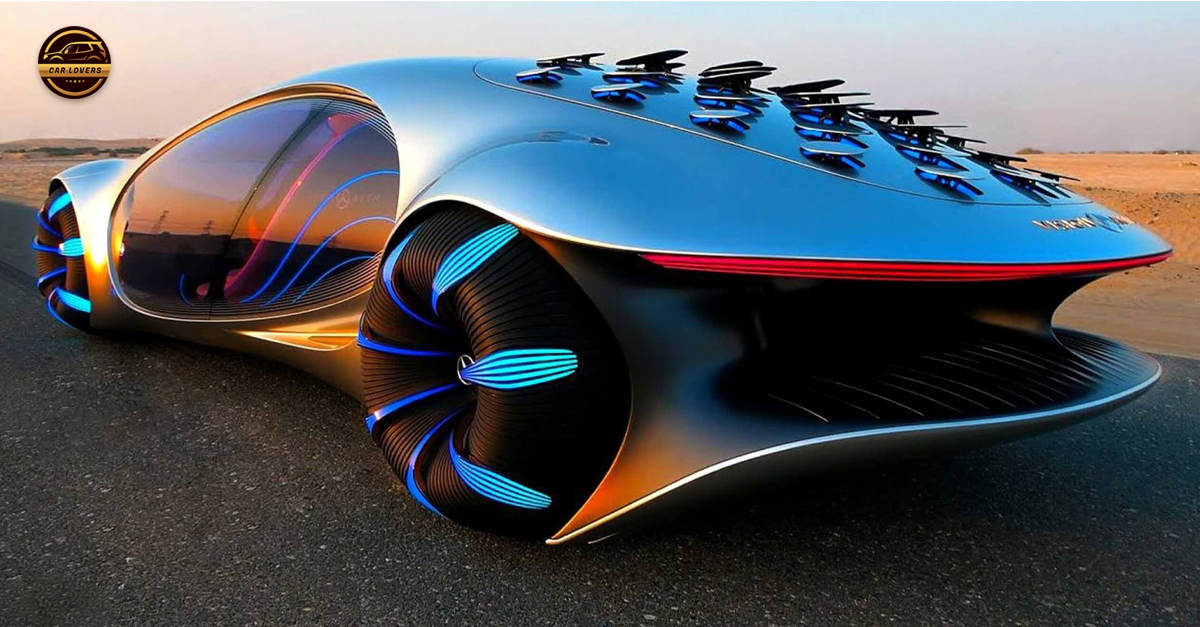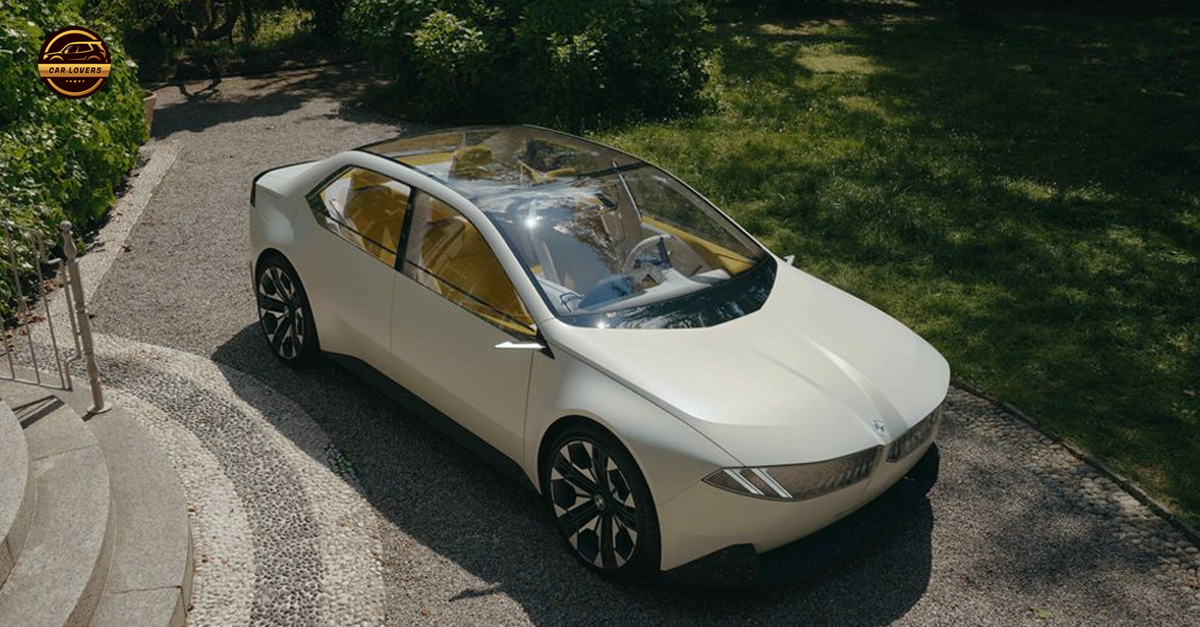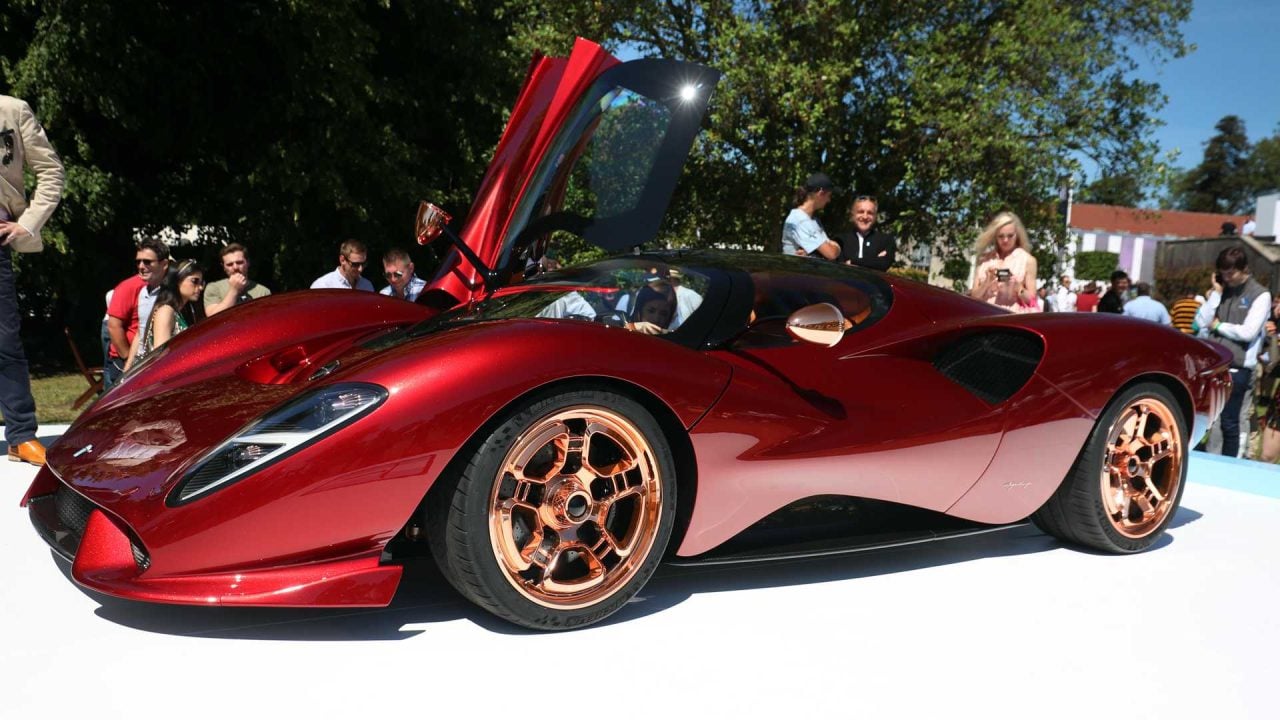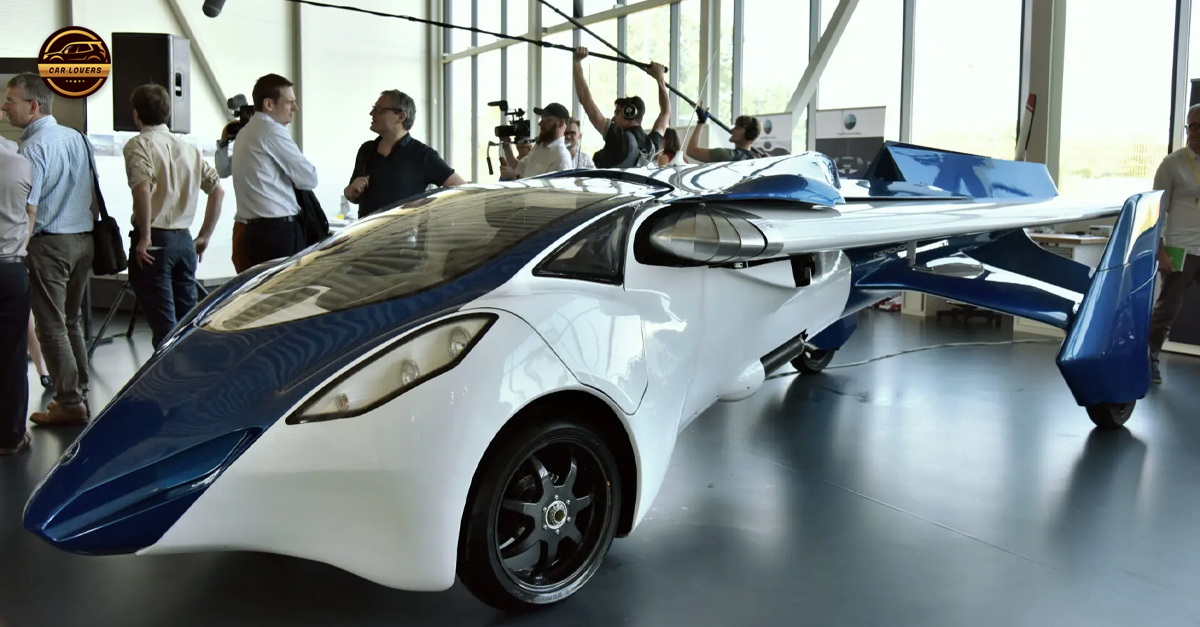About 15 years ago, after a handful of years as a mechanical engineer working on internal combustion engines, I moved to the burgeoning world of electric vehicles. A lot has changed in that time. The technology for sure, but also the problems and the path forward. Ten years ago, the conversation about electrification had shifted from “Can we do it?” to “How soon can we do it?” Five years ago, governments started mandating timelines for completing the transition to fully electric. But as the world continues to change, the questions are changing again, and the path to fully electric is seeing roadblocks in manufacturing and materials. And in all that time, Toyota has changed very little, eschewing a quick shift to electric vehicles, and doubling down on hybrids.

Architecturally, the Toyota Prius is not much different than it was 25 years ago. But Toyota’s steadfastness and deliberate changes have made the new Prius, especially the Prius Prime, the right answer for a lot of people, including a lot of people looking at buying a new all-electric car. The increase in horsepower and range, along with much-improved handling and styling might put this car on the radar of a lot of people who never thought they would consider a Prius.
The styling on the 5th generation Prius is one of the big changes from the previous models, but the numbers on the Prius Prime suggest significant innovation under the skin. The car has 220 combined horsepower and will travel 44 miles on electric power alone (39 miles on the upper trims.) The 4th gen Prime had a paltry 119 horsepower and 25 miles of EV range. As an engineer of electrified vehicles, I was pretty excited to talk with Toyota about these significant powertrain changes. But the changes were not significant, and the fundamental architecture is unchanged. There’s still a four-cylinder, Atkinson-cycle internal combustion engine with a lithium-ion battery pack and two motor generators shoved in the transmission. In fact, this is pretty similar going all the way back to the first Prius in 1997.

The nickel-metal hydride battery that had lingered on in some versions of the car is gone for the fifth generation. The transition to lithium-ion may be the biggest change in 25 years, and it took them a while to complete it. Toyota is conservative with its changes, which is why your 4Runner will still be driving when the sun goes supernova.

While the architecture is the same, the horsepower and EV range numbers are notably different. The outgoing Plug-in Prius Prime has an 8.8KWh lithium-ion pack giving 25 miles of electric range. The new model has a 13.6KWh lithium-ion battery that’s good for 44 miles of electric range. The 54% increase in pack energy gives a 76% increase in the all-electric range. This puts the Prius Prime EV range over the 41 miles that the average person in the United States drives every day, making this a full EV for most of the people in the US most of the time. The added battery capacity puts the car about 200 pounds heavier than the outgoing Prius Prime, and about 100 pounds more than the non-plug-in version.




If you get the top trim Prime, you can optionally add a 185 Watt solar roof. It charges the traction battery when parked, and supplies power to the 12v system when driving. It’ll be interesting to see real-world tests, but based on typical solar panel outputs, you’re only really going to get a couple of miles a day worth of range out of it. The added range and cooler cabin would only be worth it if you plan on parking outside all day anyway.

The onboard charger is only 3.5kW, a slight bump from the previous 3.3kW. Most electric vehicles and plug-in hybrid cars are 6.6kw or higher, but 3.5kW should be enough for a four-hour charge on 240v. The battery pack is nominally 266 volts, which is a decrease of about a hundred volts from the previous plug-in Prius. Most traction batteries are trending in the opposite direction. The lower voltage may reduce cost in the charging and power conversion system, but it’s hard to say without a teardown. Usually, lower voltage means less efficient power transmission and more copper, but these systems and their tradeoffs are complicated.

The battery is bigger but also lower, packaged below the seats. This results in a more efficient cargo area, and a lower center of gravity. Few people were clamoring for a lower cg on their Prius, but the change is noticeable. While the old Prius Prime would squeal the tires with the slightest cornering forces, the new car feels like it could actually be fun on a twisty road. I’m sure someone will take it to a race track soon and let us know. Part of this sportier feel comes from the other big change: the electric motor. It’s now good for 161 horsepower on its own. You could reasonably drive this thing in EV mode without sweating bullets every time you need to merge onto the highway. The internal combustion engine is rated at 150 horsepower. Unfortunately, the two do not add directly to make a 311 horsepower Prius. The motor and engine peak at different points, and the maximum total power is “only” 220 horses. The car has two motors, labeled MG1 and MG2, with MG standing for “Motor Generator.” The engineers claimed that one of the motors was used for regeneration while the other one was used for power. However, the data sheet labels the larger one’s functions as “Drives front wheels, Regeneration during braking.” I suspect both are doing a bit of generating and a bit of power output at different times, controlled by an algorithm that is aiming for peak efficiency. It’s possible that we’re only an algorithm change away from a 300-odd horsepower Prius with a GR performance badge on the back. Wouldn’t that be great for elevating the brand?

The regular, non-Prime Prius is available with a rear electric motor that makes the car all-wheel drive. When asked why this wasn’t available on the Prime, I was told it was for packaging reasons. This seems reasonable since the battery is packaged below the rear seat and is significantly bigger on the Prime. Unfortunately, Toyota does not like me enough to let me disassemble its pre-production car in the parking lot. I did crawl under the back of the car, though, and I’m not convinced it won’t shove an electric motor back there in the future. Time will tell.

The drag coefficient on the new Prius is increased by 8% over the old model: 0.27 compared to 0.25 according to Toyota. However, the new car is noticeably smaller from the front. I took a picture of the new Prime and current Prime parked next to each other and quickly sketched out a crude frontal area. The new Prime appears to be about 10% smaller. Since total aerodynamic drag is a function of the drag coefficient and frontal area, it appears that the total aerodynamic drag may be a bit less. By the way, the new car looks like it would be cramped in the back seat, but I (5’11”) fit with a fraction of an inch to spare. Taller people and taller torsos may have a less comfortable experience.

The tech on the inside received a minor upgrade. The screen that used to be in the center of the dash between the driver and passenger has been moved directly in front of the driver. It’s too busy, in my opinion, with icons and warnings, and efficiency scores, but it’s not much different than the outgoing model. The center screen has rotated to a landscape view and is much easier on the eyes with better contrast and less glare. One notable change that sounds minor but I think is kind of great: the lock/unlock chime outside the car is different and unique to the Prius. So you get something other than that “beep beep,” you hear all over every parking lot from every Toyota made for the last couple of decades.

Some people complained that the new Prius was not fully electric, but the approach Toyota is taking with the Prime makes sense in a resource-limited world. Auto companies like Ford and Stellantis are concluding that the battery resources don’t exist to transition the world to fully electric in the near future. Battery manufacturing is limited, as is production of battery resources like lithium and cobalt. Given finite resources, Toyota’s argument is that it makes more sense to build eight 13kWh plug-in hybrids than it does to build one 100kWh fully electric vehicle. Beyond that 44 miles of EV range, the hybrid-mode Prime has an estimated fuel economy of 52 mpg, and the convenience of having an alternative to the frustratingly inconsistent EV charging network. Toyota might have made the Prius Prime a compelling alternative for EV buyers.



What has Toyota changed on the new Prius Prime? Technically: very little. The battery is bigger, and the motor is more powerful, but it is fundamentally unchanged from the previous Prime, and architecturally the same as the one that came out a quarter of a century ago. The changes that have been made result in an overall much better car, especially for people shopping for something more than an appliance. The styling may help mitigate the Prius stigma, the larger battery makes the Prime a reasonable competitor for the EV buyer, and the iterative powertrain development likely means that it retains Toyota’s legendary reliability. The company is expecting to sell about 50,000 Prius cars this year with about 15,000 of them being the plug-in Prime. Toyota sold close to a quarter million Prius cars in 2012, but sales have been slowing down to where 50,000 seems like a reasonable estimate. But this might be a rebound moment. With the battery, motor, and styling, Toyota may have made just the right changes to make the Prius Prime a compelling car for a lot of people who wouldn’t have considered it in the past.





